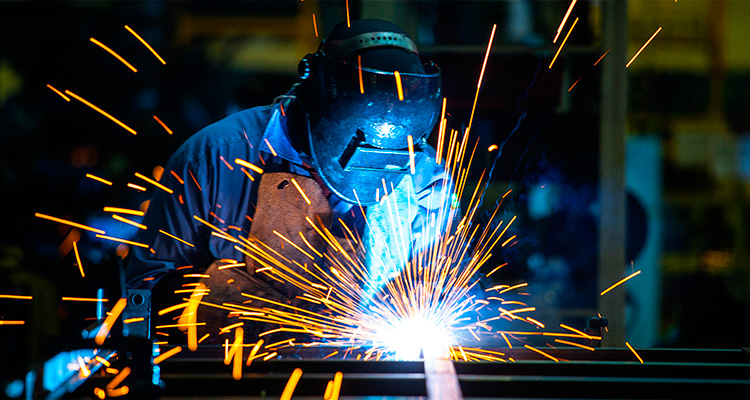ASTANA – Labour productivity in manufacturing has increased 1.2 times during the current industrialisation plan, First Vice Minister of Industry and Infrastructure Development Roman Sklyar reported Dec. 29.
The third five-year plan will be game changing for the country’s ecological economies and manufacturing industry. The concept of the industrial-innovative development programme is being developed to ensure labour’s continued growth.
“The growth was observed from $29,000 to $31,400 with an increase of 3.6 percent. The government provides support and this significantly impacts productivity. Modernisation and digital technologies boost labour productivity, which is a key factor of competitive products. We work to improve this indicator,” he said.
The level of manufacturing technology is preventing further productivity growth.
“The government introduces various incentive tools to support the local enterprises. The Productivity 2020 initiative provides a number of mechanisms. In 2018, about 500 million tenge (US$1.3 million) was provided for the introduction of new technologies and subsidies for scientific research and development work. The leasing loans of the Development Bank of Kazakhstan allow companies to be better equipped and competitive. In addition, special export support programmes stimulate enterprises while entering foreign markets. This also affects an increase in labour productivity,” he added.
The ministry’s main mission is to provide enterprises with state support mechanisms.
“We try to take into account all the challenges of our time in this programme. An enterprise which cannot increase productivity is not a competitive one. We need to think how to avoid this,” said Sklyar.
The new programme ensures measures including automating production processes and digitising and state support incentives to increase exports. Priority will be given to enterprises set to increase export potential and labour productivity and introduce the components of Industry 4.0 and measures to improve the environmental situation.
According to the ministry, more than 80 percent of manufacturing enterprises have manual labour jobs or semi-automated production. Some are still at the stage of transitioning to full automation. There is a need to stimulate others to invest in modernisation by developing financial support instruments, including increasing the volume and availability of long-term financing and toughening requirements for projects that receive state support in terms of advanced equipment and technologies. Digitising industry will also increase the enterprises’ technological requirements and standards.



